|
Thanks to everyone who joined me last night for Food History Happy Hour live on Facebook. This week we used the celery gin I made last week in a choose-your-own-adventure cocktail! Although I could not find any historic references to celery gin, I did find celery bitters, and several other gins that were made by steeping botanicals in gin, including tansy, wormwood, and pine log slivers (yes, really). We discussed historic sauces, peanuts and soybeans, tomatoes, the reasons why flavor extracts and bitters are only available in grocery stores, not liquor stores, ramps, victory gardens, I showed off some of my new cookbook acquisitions, and we discussed comparisons between now and historic pandemics. Celery Gin RecipeWashed celery leaves and tops gin to cover Place celery leaves and tops in a mason jar small enough to hold them so that they mostly fill the jar. Cover with dry gin, screw on lid, and store in a cool dark place for 24-48 hours. Remove celery and discard. Gin will keep indefinitely. Blood Orange Celery Gin CocktailJuice of one blood orange 1/2 to 1 teaspoon sugar 1 ounce gin Shake over ice and serve in a cocktail glass. And here we have a few of the inspirations for this week's choose-your-own-adventure cocktail, from "The Complete Buffet Guide, or, How to Mix All Kinds of Drinks" by V. B. Lewis (1903). If you liked this post and would like to support more Food History Happy Hour livestreams, please consider becoming a member or joining us on Patreon. Members and patrons get special perks like access to members-only content.
2 Comments
Thanks to everyone who joined me last night for Food History Happy Hour live on Facebook. This week, inspired by the cold, rainy weather we've been having lately, we "visited" the American Southwest with help from the Desert Healer cocktail from the 1946 Roving Bartender. We discussed Mexican food in America, including the cookbook California Mexican-Spanish Cook Book, published in 1914 by home economist Bertha Haffner-Ginger. We also talked about burritos, corn and nixtamalization (including hominy and tortillas), savory fruit salads, sauces, including celery sauce, macaroni and cheese, 19th century pickles, jicama, pickled herring, lutefisk and cod (small correction, mahi-mahi is dolphinfish, not tilapia), and we decided that next week's topics will be 19th century sauces and pickles!
Although cocktails called "Desert Healer" are all over the internet, I couldn't find any history behind either the name or the cocktail. I'm guessing it's just one of those cocktails that someone made up and it took off. If you like your cocktails on the sweeter side, but still with some complexity of flavor, you will probably love this one.
I found this recipe in the Roving Bartender (1946). I did get the recipe slightly wrong and only did a third of an ounce of cherry brandy, but more cherry brandy would have been even better! Desert Healer Cocktail (1946)
2 cubes ice
3 oz. orange juice 1/2 oz. cherry brandy 1 oz. gin (I used American gin, but any is fine) Place ingredients in a 10 oz. glass in order, then fill with ginger ale. Drink with a straw. I found this to be quite delightful and would definitely make it again, especially since it's such a nice way to use up the cherry bounce I made.
And, of course, given all of our discussion of celery and someone's idea that I make a cocktail with celery sauce (yuck), I thought that infusing gin with celery was a delightful idea, and it just so happened that I had cut up the remains of a head of celery for crudite to go with supper. So I had lots of delightfully fresh leaves and a few stalks leftover. Into a half pint jar they went with some gin poured over top and we'll let it steep until next week, when I'll have to decide what kind of gin cocktail I want to make with it.
As mentioned last week, the bar cabinet tour is still on the list, but I might do a recorded tour instead of a live one as I think it will be easier to manage. So stay tuned, and hope to see you all next week!
If you liked this post and would like to support more Food History Happy Hour livestreams, please consider becoming a member or joining us on Patreon. Members and patrons get special perks like access to members-only content.
|
AuthorSarah Wassberg Johnson has an MA in Public History from the University at Albany and studies early 20th century food history. Archives
July 2024
Categories
All
|
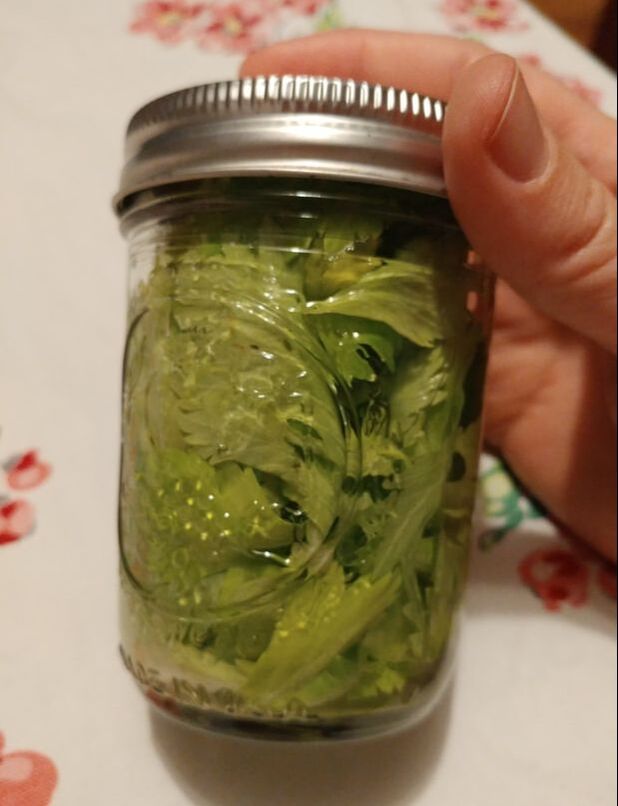
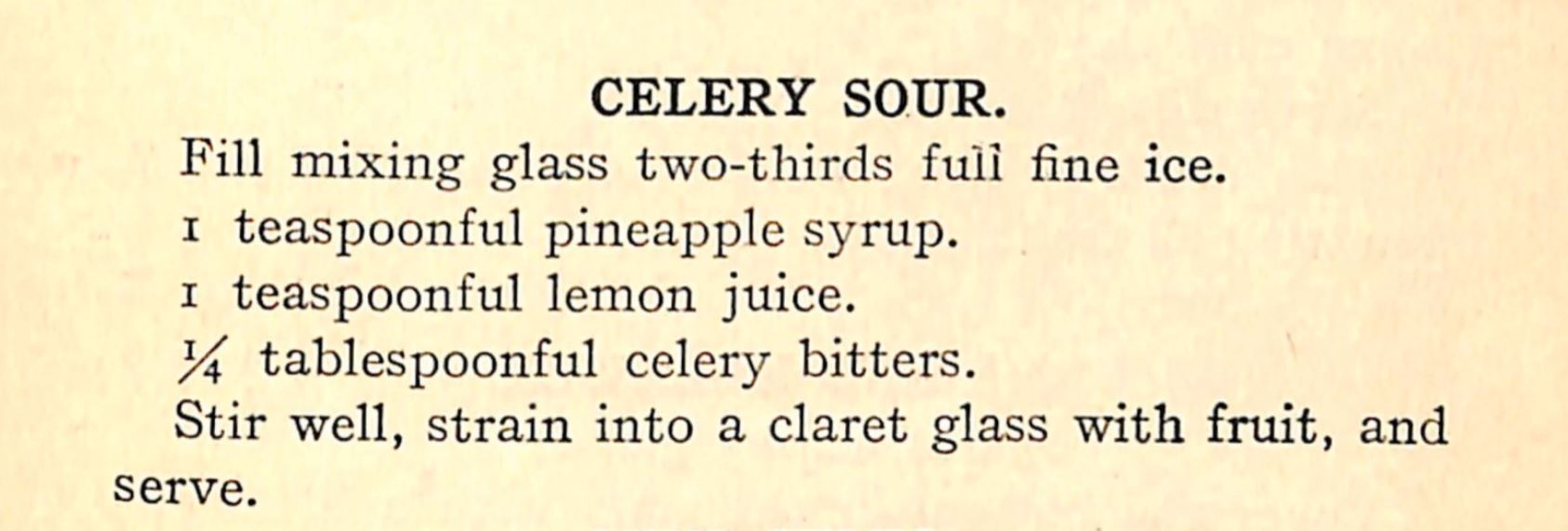
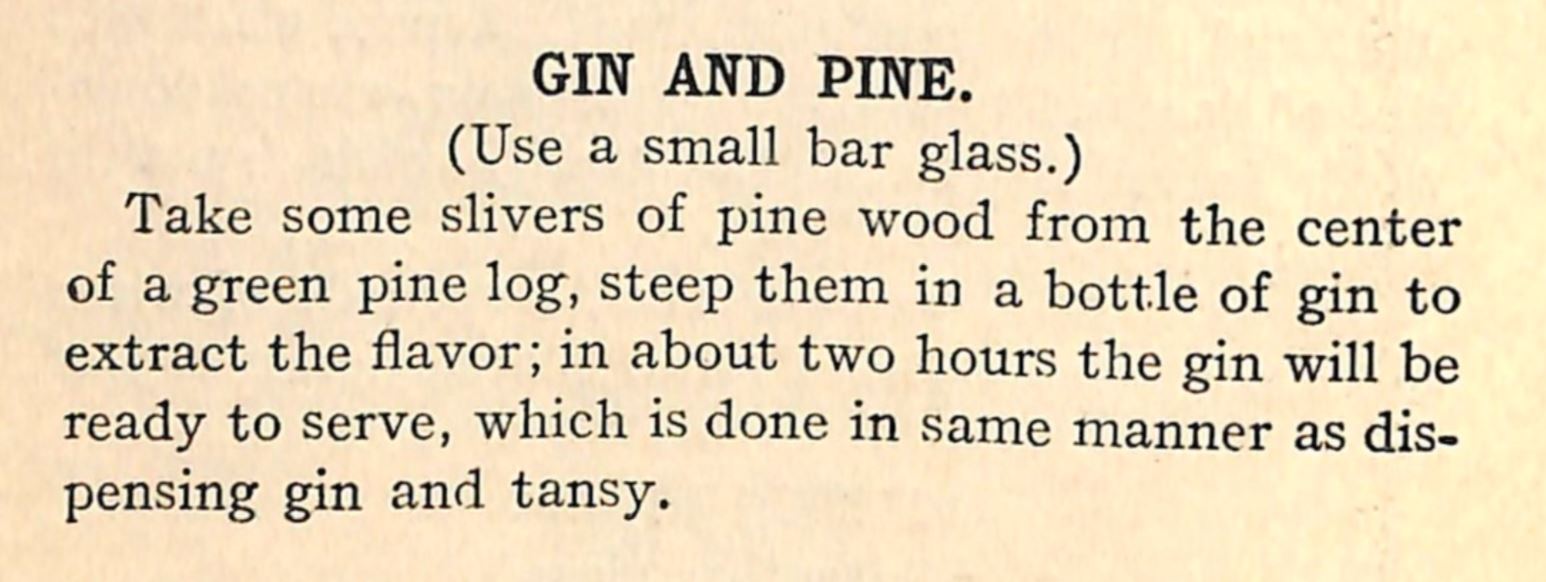
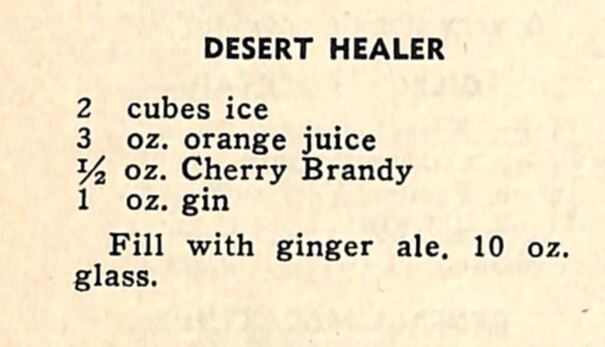
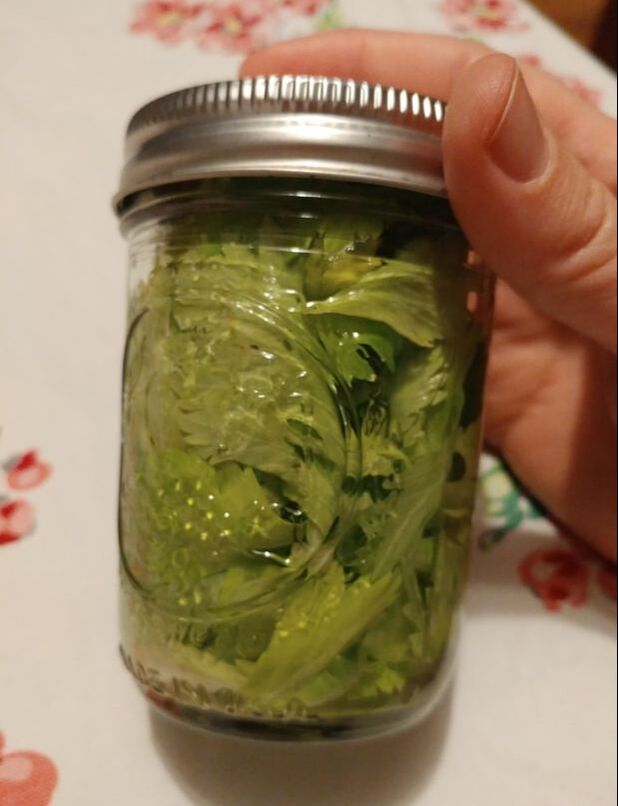

 RSS Feed
RSS Feed